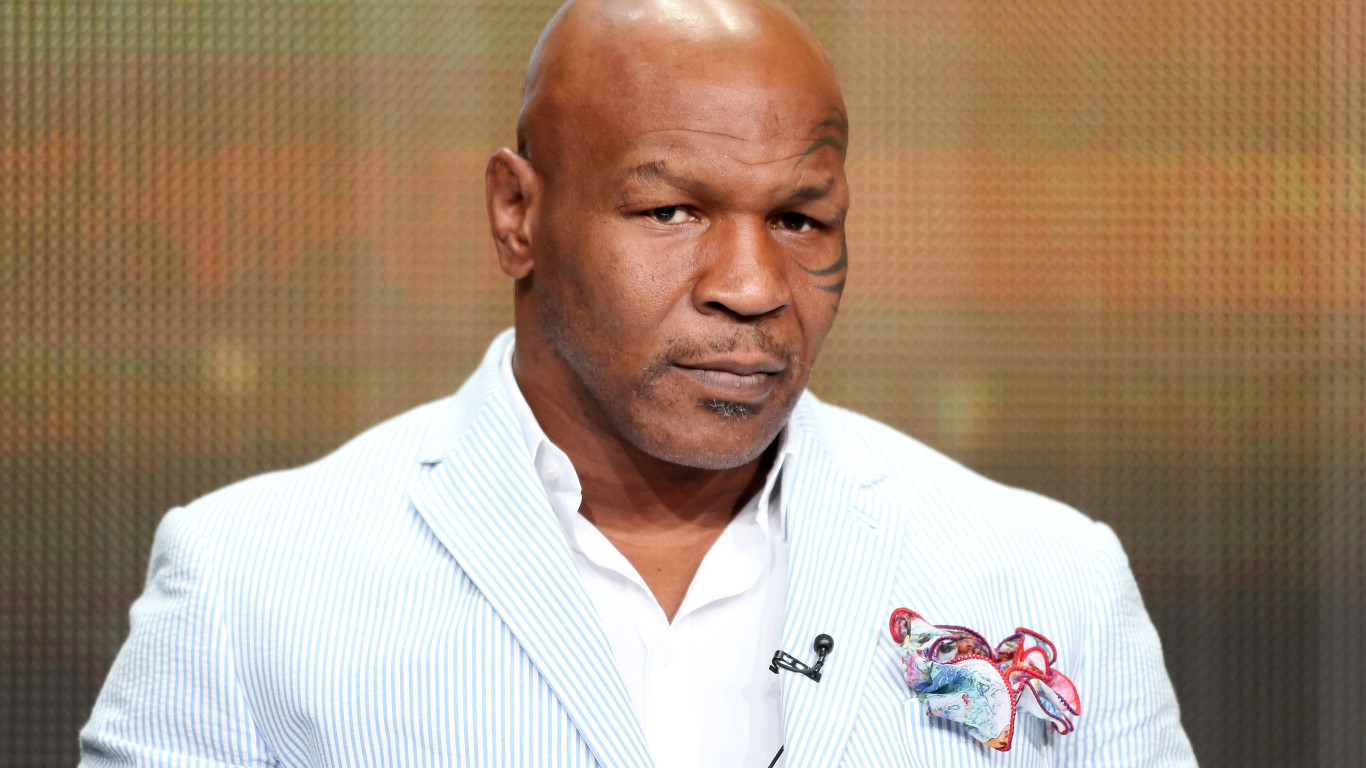
At $112.95, Roku (NASDAQ: ROKU) is sitting in the middle of its 52-week range. But analysts see a lot of upside for the San Jose, California-based digital media company.
Last week, Laura Martin at Needham reiterated her Buy rating for the stock. She sets Roku’s target at $150.
The consensus 12-month price target set by analysts is $131.95. The stock has 14 Buy ratings, five Hold and two Sell.
Roku’s Appeal
Roku stock is down 15.65% year to date, faring worse than the S&P 500, which is down 5.42%. But the pandemic may have caused investors to see the company differently.
Forced to stay at home since March, consumers have been spending a lot of money on streaming entertainment services. Roku sells digital media players that can stream content from various services.
The consumer trend of cable cord cutting predates the coronavirus. Many of these former cable subscribers have turned to streaming services (many of them by subscription) as replacements.
In the media player space, Roku competes with Apple TV (NASDAQ: AAPL), Amazon Fire TV (NASDAQ: AMZN), Google Chromecast (NASDAQ: GOOG) and others. Roku comes built in with many of today’s smart TV models.
But Roku also offers its own streaming service, which includes a library of movies and TV shows. So in that space, Roku is competing with the crowded field that includes Netflix, Amazon Prime and so many others.
The competition can sometimes be intense. The new HBO Max service currently is not available on Roku or Amazon Fire, much to consumers’ dismay. Talks are ongoing.
During the first quarter, Roku trounced Wall Street expectations, beating its own forecasts for both revenue and earnings before interest, taxes, depreciation and amortization (EBITDA). Active accounts reached 39.8 million, which was up 37% from the year earlier. Streaming hours, an indication of subscriber engagement, shot up 49% to 13.2 billion.
Revenue for the period reached $321 million. The Roku platform produced revenue of $233 million, and the Roku streaming media service had revenue of $88 million.
The positive trends for revenue growth continued in April. For the month, active accounts grew 38% year over year. Streaming hours grew 80% year over year.
“People are spending more time at home, and so TV viewing is increasing,” said CEO and founder Anthony Wood. “Increased unemployment and the likely recession are making value more important than ever. These factors have driven dramatic increases in our new account growth rates since the pandemic took hold.”
A World of Growth
Like other American streaming services, Roku could see a lot of growth potential overseas. “There are probably 1 billion households around the world that have broadband and they’re all going to switch to streaming,” Wood said in last month’s earnings call.
Right now, Roku-powered TVs are mainly sold in the U.S. and Canada. But the company has started sales in Mexico, Brazil and the U.K. Roku hasn’t said where it might next expand, but there are obviously huge potential markets.
Roku’s competitors are ahead in the international space. Netflix is approaching 200 million subscribers worldwide. Amazon doesn’t disclose subscriber numbers for its Prime membership, which includes a massive streaming library. But analysts estimate the company has close to 150 million global subscribers.
Newcomer Disney+ (NYSE: DIS) quickly reached the 50-million milestone. The company is looking for rapid growth in markets such as India.
A recent report predicted Disney+ in India will see revenue grow to $902 million by 2025. Only YouTube will generate more income from streaming video in the country, according to Media Partners Asia.
Advertising Shift
Advertising largely dried up in March as companies pulled back and regrouped. As they venture back into the market, they’ll be conservative and may shift where they’re spending.
Roku thinks it can capture this shift in ad spend. “In the short term, the pandemic is slowing the growth of Roku’s video advertising business,” Wood said. “While advertisers are spending less, reduced budgets mean marketers are looking for ways to invest more effectively, and this should accelerate the shift to streaming ad buys.”
If more consumers are spending more time on streaming services, it makes sense that ad revenue will follow. A shareholder letter from Roku explained it this way: “Brands are reassessing their entire marketing mix and many are showing a preference for our targeted, more measurable form of advertising as well as the flexible solutions we offer, such as sponsorship and interactive overlays.”
Credit card companies are handing out rewards and benefits to win the best customers. A good cash back card can be worth thousands of dollars a year in free money, not to mention other perks like travel, insurance, and access to fancy lounges. See our top picks for the best credit cards today. You won’t want to miss some of these offers.
Flywheel Publishing has partnered with CardRatings for our coverage of credit card products. Flywheel Publishing and CardRatings may receive a commission from card issuers.
Thank you for reading! Have some feedback for us?
Contact the 24/7 Wall St. editorial team.
